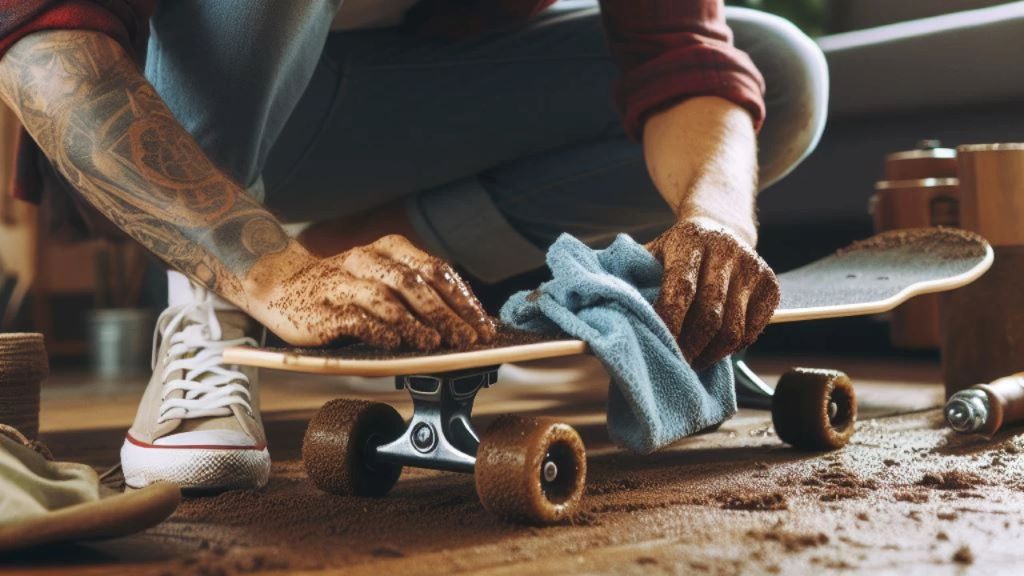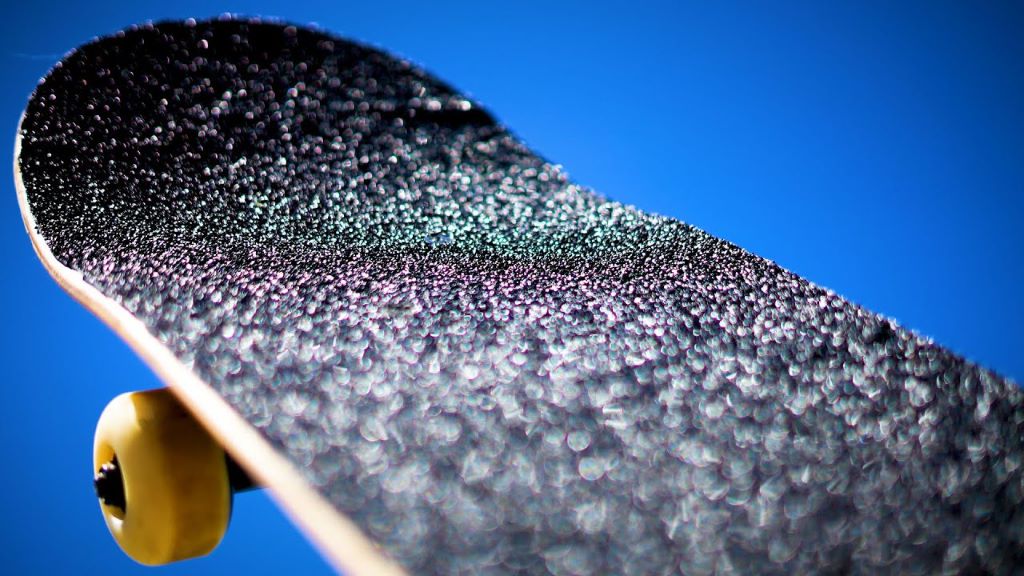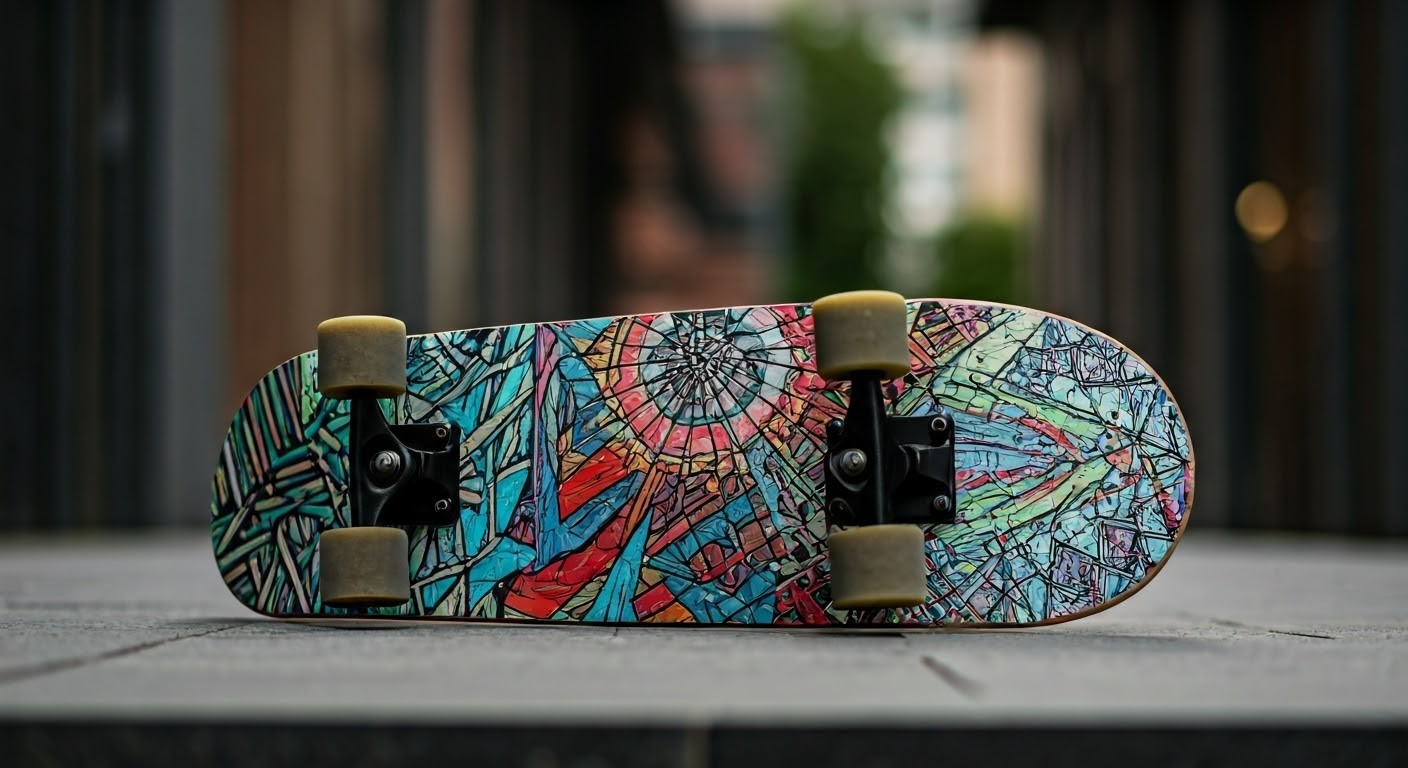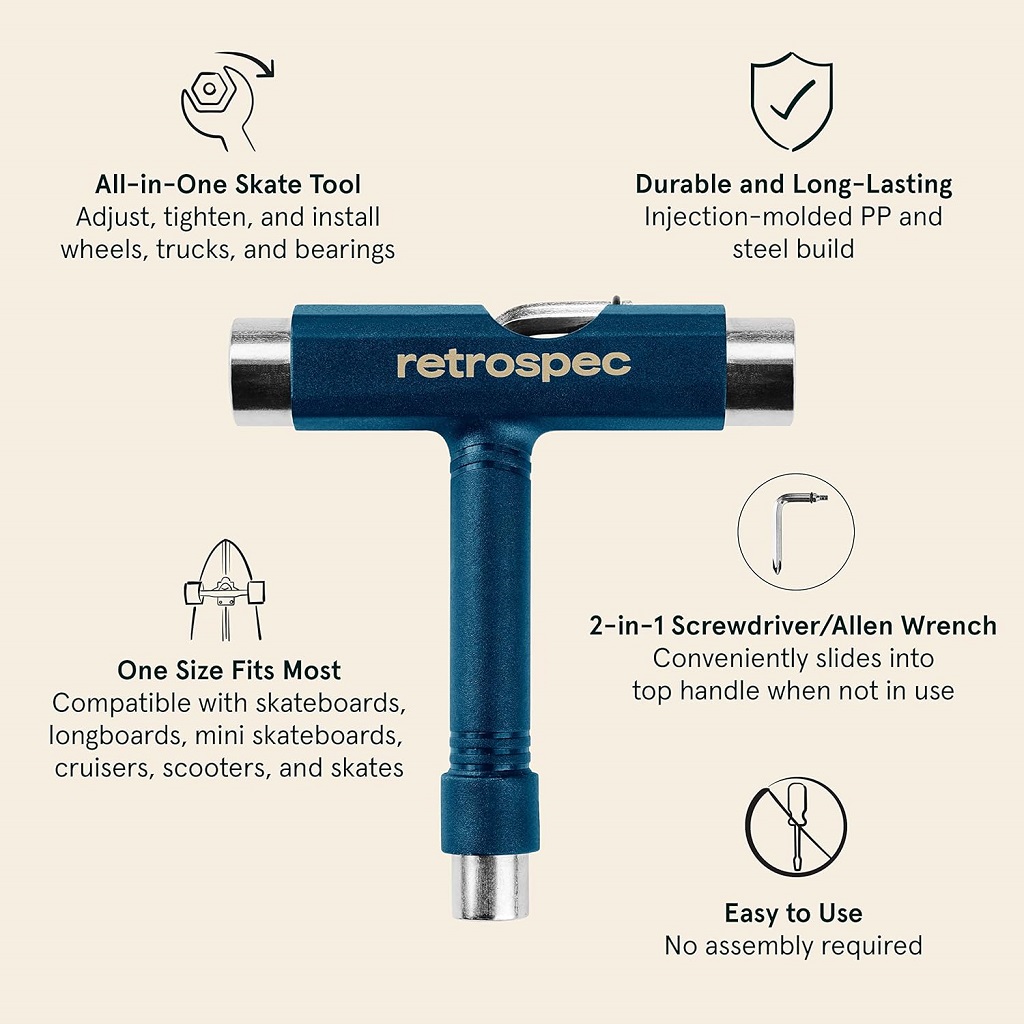Grip tape is an essential accessory for skateboarders, surfers, and other athletes who rely on traction for their performance. However, the effectiveness of Gripping tape can be significantly influenced by various environmental factors, including temperature, humidity, precipitation, and exposure to sunlight. This article delves into the complex relationship between Skateboard tape and weather conditions, offering valuable insights and practical tips to ensure optimal Skateboard tape and safety in diverse environments.
Temperature on Grip Tape
Temperature plays a crucial role in the behavior of Skateboard tape. In cold weather, a Traction pad tends to become stiffer and less pliable, reducing its ability to conform to the contours of a board or surface. This can result in decreased grip and an increased risk of slippage. Conversely, Non-slip tape may become overly soft and gummy in hot weather, accumulating dirt and debris more easily. This can also compromise grip and make the surface feel less secure.
To combat temperature-related grip issues, consider the following:
- Cold Weather: If you anticipate skating or surfing in cool conditions, warm up the Gripping tape by gently rubbing it with your hands or a soft cloth. This can help increase its flexibility and improve grip. Additionally, some manufacturers offer Gripping tape specifically designed for cold weather performance.
- Hot Weather: In hot climates, choose grip tape formulated to resist softening and gumminess at high temperatures. Regularly clean your Gripping tape to remove dirt and debris, and consider applying a Non-slip tape conditioner to maintain its texture and grip.
Humidity’s Impact on Grip Tape
Humidity levels can also significantly affect Skateboard tape performance. High humidity can cause moisture to accumulate on the surface of the Skateboard tape, making it slippery and reducing friction. This is especially problematic for water sports like surfing, where Skateboard tape is already exposed to water. In low-humidity environments, grip tape may become dry and brittle, leading to cracking and peeling.
To mitigate humidity-related grip problems:
- High Humidity: Choose grip tape with moisture-wicking properties or apply a water-resistant Gripping tape sealant. Before each session, thoroughly dry the surface of the Gripping tape and your hands to maximize grip.
- Low Humidity: Apply a Non-slip tape conditioner to maintain its moisture and prevent it from becoming brittle. Store your board or equipment in a cool, dry place to avoid excessive drying of the Skateboard tape.
Precipitation’s Grip on Grip
Rain, snow, and other forms of precipitation can wreak havoc on grip tape. Water acts as a lubricant, significantly reducing friction and making surfaces slippery. When Skid-resistant tape becomes wet, it loses its abrasive properties and can become hazardous.
To manage grip in wet conditions:

- Choose Waterproof Grip Tape: Opt for grip tape specifically designed for wet conditions or apply a waterproof sealant.
- Dry Thoroughly: If your Gripping tape gets wet, dry it as much as possible with a towel or cloth before continuing your activity.
- Caution: Exercise extreme caution when skating or surfing in wet conditions, as grip will be significantly compromised.
Sunlight and Skateboard tape Deterioration
Prolonged exposure to sunlight can accelerate the deterioration of grip tape. The ultraviolet (UV) radiation in sunlight can break down the adhesives and materials in it, causing it to lose its grip and peel away from the surface.
Related: The Riser Pad: Makes a Big Difference in Your Skateboarding
To protect Gripping tape from sun damage:
- Store Indoors: When not in use, store your board or equipment indoors or in a shaded area to minimize exposure to sunlight.
- Cover Gripping tape: If you must leave your board or equipment outdoors, cover the Gripping tape with a towel or other protective material.
- Replace Regularly: Even with proper care, Non-slip tape will eventually wear out. Replace it regularly to ensure optimal grip and safety.
Related: Deck Rail Maintenance Q&A: Ask a Skate Shop Expert
Beyond the Basics
In addition to the environmental factors mentioned above, several other factors can influence Skateboard tape performance. These include:
- Type of Skateboard tape: Different types of Skateboard tape have varying levels of gripping and durability. Choose a Non-slip tape that suits your specific needs and activity.
- Application Technique: Proper application of Gripping tape is essential for maximizing grip. Ensure the surface is clean and dry before applying the tape, and follow the manufacturer’s instructions carefully.
- Wear and Tear: Over time, Skateboard tape will naturally wear down due to friction and use. Regularly inspect your Gripping tape for signs of wear and replace it as needed.
By understanding the impact of environmental factors on grip tape and taking appropriate measures, you can ensure optimal it and safety in various conditions. Whether skating in the scorching heat or surfing in the pouring rain, being prepared will enhance your performance and enjoyment of your chosen activity.




